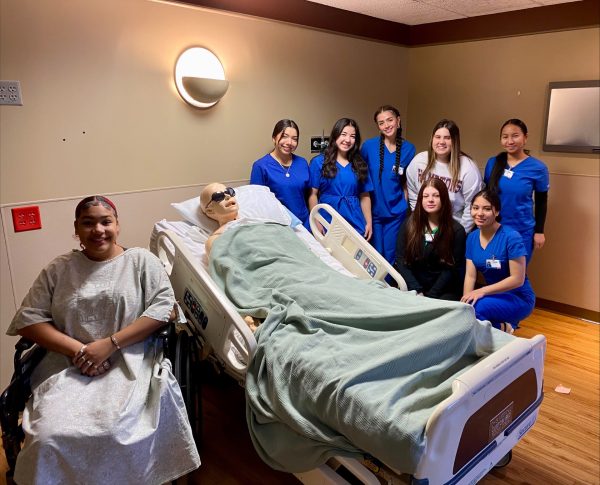Going to college in the 21st Century
May 21, 2018
College: a seven-letter word that has caused students to be hundreds and thousands of dollars in debt. Just the sound of it brings a range of emotions, from excitement to complete dread for most high school seniors. It is obvious to see that college has changed a lot since older generations of students attended post-secondary schools. The most extreme change of all is the cost of tuition.
According to the Department of Education, the average cost of tuition including room and board plus other fees in 1980 was $9,438 for a four-year post-secondary institution. Compared to the 2017-2018 average college tuition of a whopping $25,290 for an in-state public college, it is fair to say that graduating college now has become more difficult. College has lost some of its appeal to students who are eager to get out of high school and into a career. The price of tuition continues to be the biggest common factor of them all.
“I would certainly love for college to be a lot cheaper,” said Erik Mandujano, senior. “I’m worried about how I am going to get the money to pay for school when the college I’m looking into is over $40,000.”
College is highly encouraged for students to better their education and go on to the next big thing. Students like Ruthie Caballero, senior, agree that when choosing a school, students must be sure they have the desire to attend.
“When looking for colleges, please don’t wait until the last minute,” said Caballero. “You need to choose a college that you will be happy at and you should not let others decide for you.”
There are a variety of ways to help pay for college rather than just depending on a parent’s annual income to pay for it all.
“FAFSA is a good place to start,” said Mr. Grant Mason, U.S History teacher. “They’ll send you more money than you actually need so send it back because they will try to trick you.”
Free application for federal student aid, better known as FAFSA, helps students find out how much aid they can receive from the government based on income. There are also hundreds of scholarships available for all types of students. Most of these scholarships are willing to give hundreds up to thousands of dollars in scholarship money based on whether a student fits the requirements.
Despite the help that students receive from FAFSA, scholarships, and other financial aid opportunities, the likeliness of still having some student loans to pay in the future is almost definite.
“It stresses me out every day when I think of my future student loan,” said Peterson. “The fact that I’ll possibly be paying them off when I’m 40 haunts me.”













Brandon • Jun 8, 2018 at 8:06 am
Very informative blog post. I would like to share this with Typical Student team members. It’s a very good platform for sharing views and thoughts for education purpose.